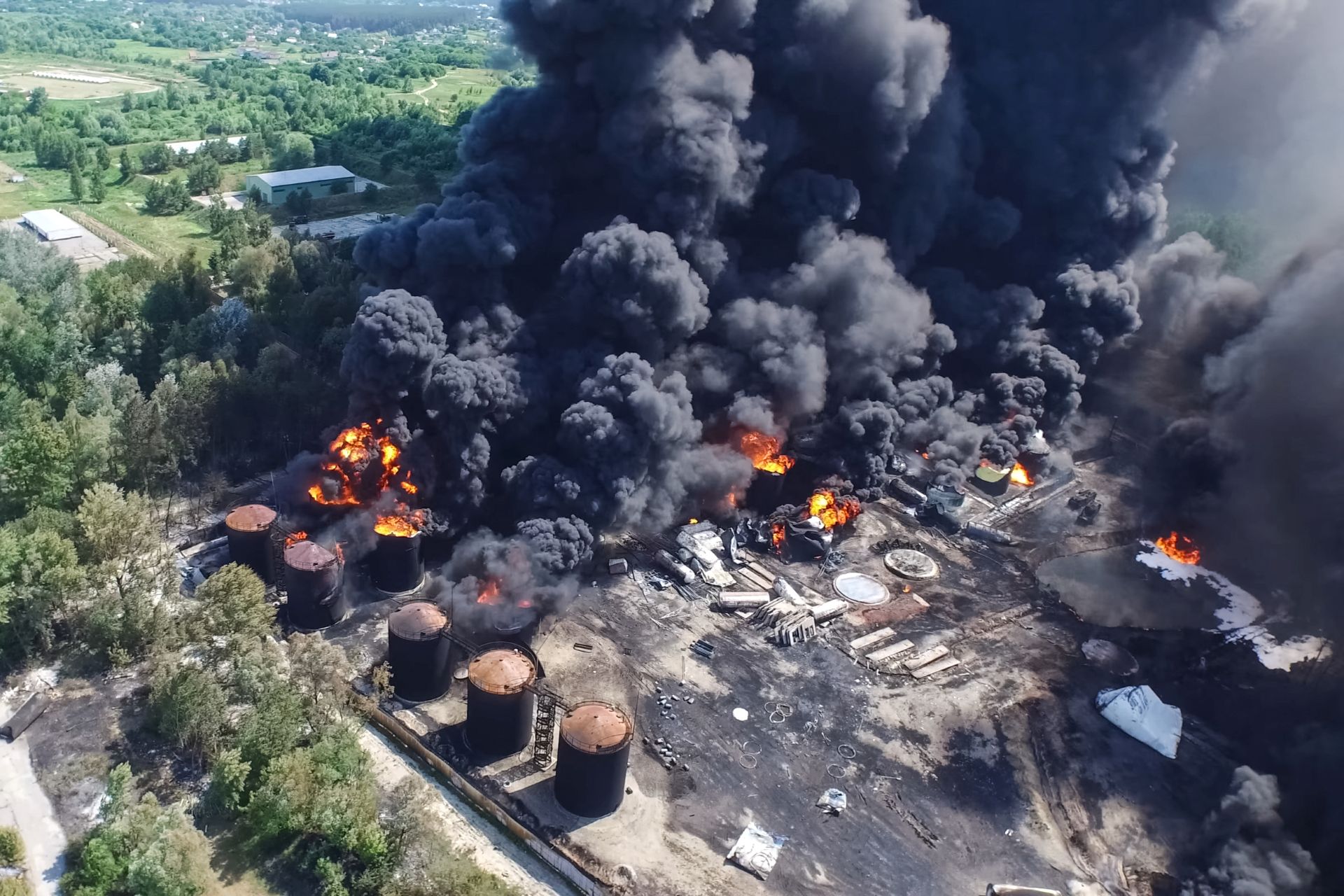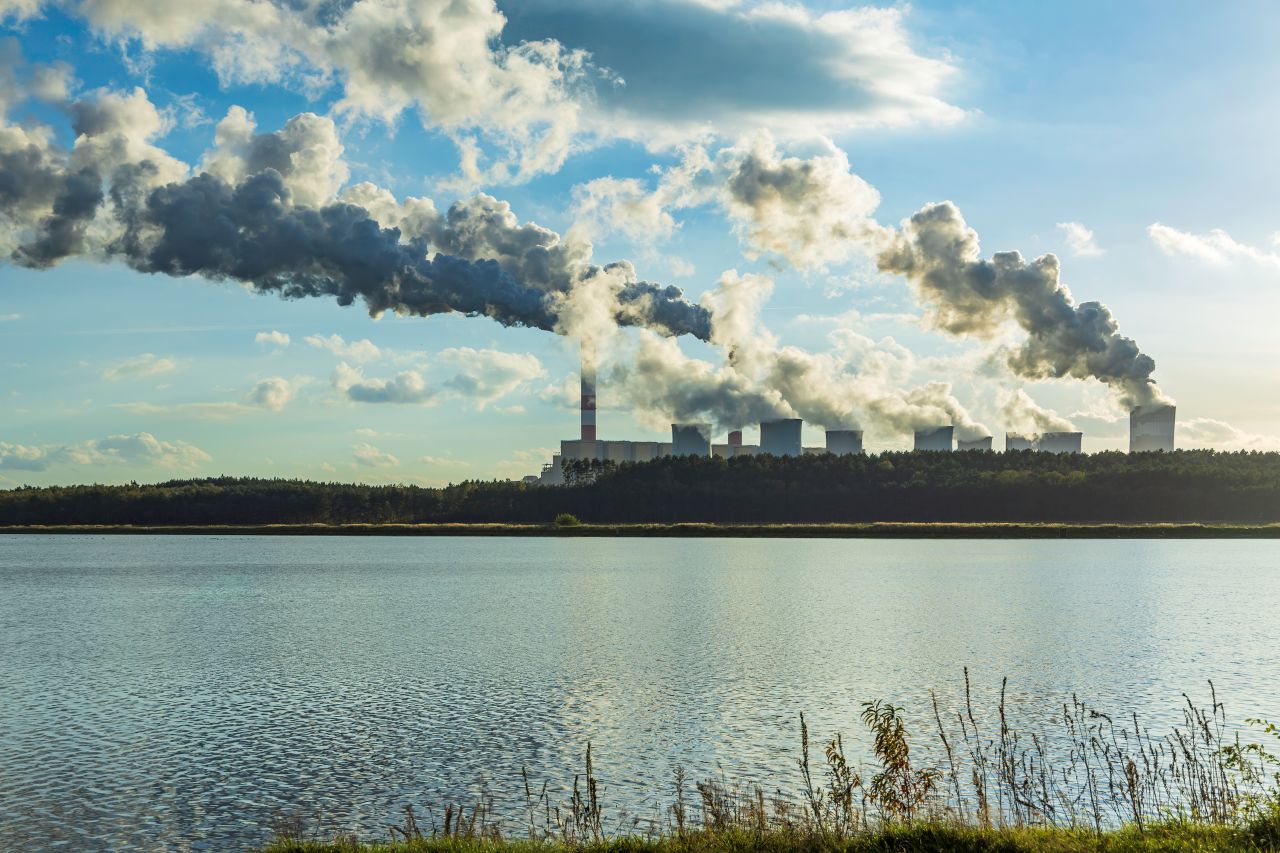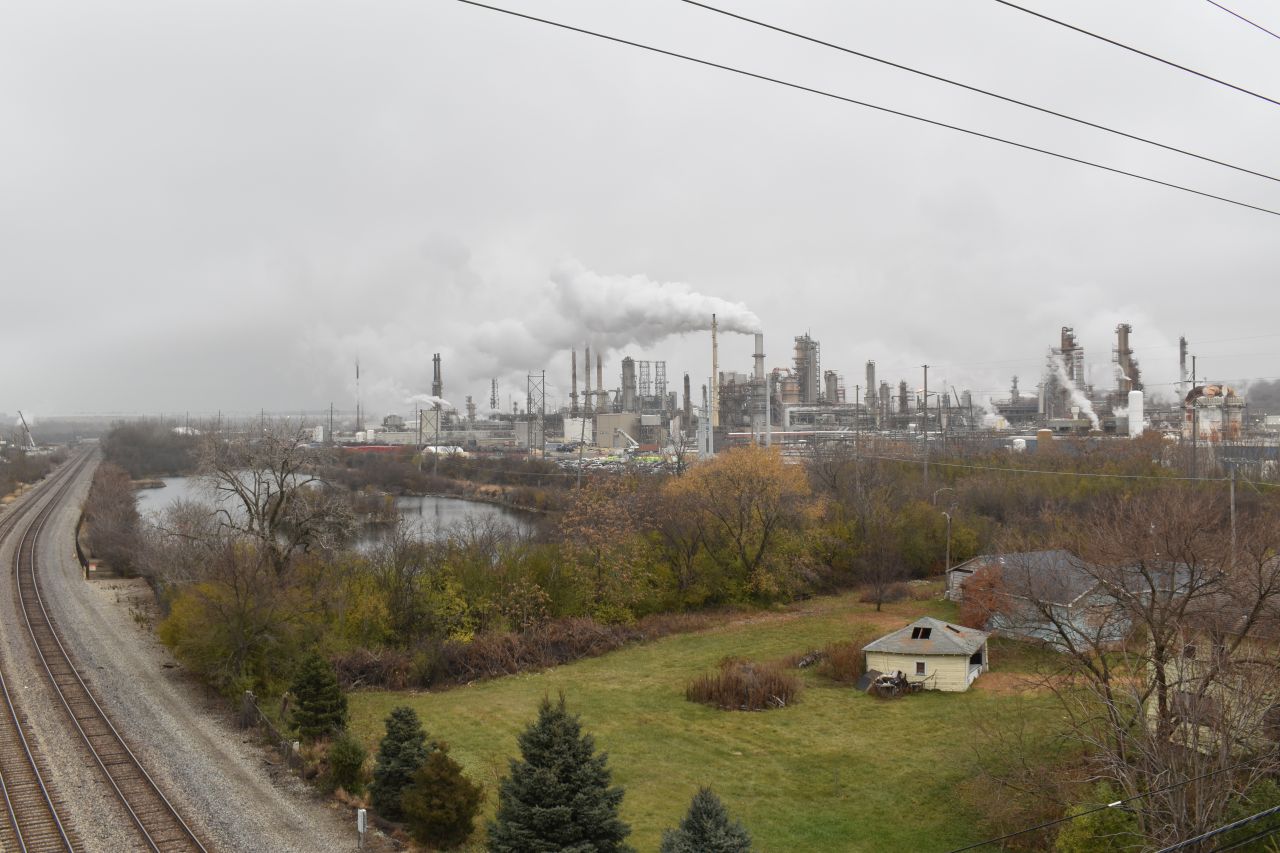Trump Administration tries to slash funding for chemical disaster oversight

The Trump Administration is increasing the risk of fires, gas leaks, and explosions at chemical plants by working to gut a key oversight agency and revise rules meant to prevent disasters, safety advocates say.
In a budget document issued May 30, the White House proposed eliminating funding by 2026 for the U.S. Chemical Safety and Hazard Investigation Board, an independent agency that investigates chemical disasters, issues plain-language reports on their causes, and recommends reforms to prevent similar disasters.
In addition to targeting the agency, Trump’s EPA has also signaled that it would roll back a rule finalized in 2024 meant to require better planning for chemical disasters.
The regulations are needed, safety advocates argue, because chemical industry accidents occur nearly once a day in the U.S. The EPA logged more than 2,400 chemical disasters from 2004 to 2020, causing 99 deaths, approximately 3,300 reported injuries, 16,340 people sent to the hospital or requiring medical treatment, and 633,500 people who had to evacuate or shelter in place.
In its proposal to cut funding to the Chemical Safety Board, White House officials wrote that defunding it will save money (“move the nation toward fiscal responsibility”). Trump also tried to shutter the agency during his first term and left several leadership positions unfilled, resulting in a backlog of 14 uncompleted investigations when former President Joe Biden took office in 2021.
Some members of Congress seem to be hesitant to defund the agency, which has 50 employees and a $14.4 million budget as of 2024. On July 24, the Senate Appropriations Committee approved a bill that would maintain the agency’s $14.4 million budget. The equivalent committee in the House advanced a bill that cut the Chemical Safety Board’s funding by 43 percent, to $8.2 million.
Both bills await votes by the full House and Senate, so it remains unclear whether the Chemical Safety Board will see its budget slashed.
Though the Chemical Safety Board has no enforcement power to issue fines or penalties, many companies and government agencies take its recommendations seriously. Since it began operations in 1998, the agency has investigated roughly 180 chemical disasters and issued 1,019 recommendations to prevent catastrophes.
Maya Nye, federal policy director of environmental health group Coming Clean, said the $14 million budget for the Chemical Safety Board is “money well spent.”
Of the Chemical Safety Board’s 1,019 recommendations, 843 have been adopted, with only 128 remaining open with no answer yet on whether they led to changes, according to the agency’s data. Only 48 recommendations were “closed – unacceptable action/no response received,” which means companies, government agencies, or industry groups did not follow the board’s recommendations.
“This agency provides recommendations that are not going to be provided elsewhere,” Nye said. “The cost of a chemical disaster is enormous. How do you measure the value of the workers’ lives that are lost in these incidents?”
The board’s most recently completed investigations include a report on a Nov. 19, 2023, furnace fire at Marathon Petroleum’s renewable fuels refinery in Martinez, California. The fire caused $350 million in damage and left one operator with serious burns. In response, the board made eight recommendations for safety improvements in its March 13 report, one of which Marathon has adopted so far.
The agency also investigated a deadly chemical release and fire at the BP-Husky refinery near Toledo, Ohio, on Sept. 20, 2022, that killed two refinery workers, caused $597 million in property damage, and led to the release of 23,000 pounds of a flammable oil-derived liquid called naphtha.
The safety board found that there had been more than 3,700 alarms going off at the facility in the 12 hours before the fire, an “alarm flood” that “overwhelmed and distracted” refinery workers. The agency also found that employees were not given the proper authority to stop work in response to unsafe conditions. The refinery’s owner, Cenovus, has implemented three of the board’s four recommendations since its report.
Environmental, labor, and safety advocacy groups have urged Congressional leadership to maintain funding for the board, noting in a July 17 letter that no other federal agency is charged with investigating the root causes of chemical disasters.
“Communities across the United States near the over 11,000 facilities managing extremely hazardous substances – and especially workers, first responders, families, and children in those communities – need sustained funding” for the Chemical Safety Board, the letter states.
The board announced last week that is is investigating a deadly Aug. 11 explosion at the U.S. Steel Clairton Coke Works facility near Pittsburgh that killed two people and injured 10. A Tuesday editorial by the Pittsburgh Tribune-Review said that the agency "needs to continue to function" as it investigates the explosion, which may take up to two years.
The board has even drawn the support of chemical industry lobbyists, such as the American Chemistry Council. In a January 2020 Senate committee hearing, the industry group’s CEO, Chris Jahn, said the agency’s “safety reports, bulletins, and videos are widely used and cited by the industrial community, academia, professional associations, first responders, labor, and community leaders.”
In addition to trying to defund the Chemical Safety Board, the Trump Administration is reopening a rule meant to prepare for, prevent, and provide public information about chemical disasters, even though the EPA estimated last year that pollution releases from facilities covered by the rule cost the country $540 million per year.
On March 12, the EPA said it is considering revisions to the Risk Management Program rule that the EPA strengthened under the Biden Administration. The rule “has raised significant concerns relating to national security and the value of the prescriptive requirements within the rule,” the agency’s announcement stated.
The move restarts a tug of war across administrations over the scope of the rule. Following a massive 2013 fertilizer explosion at a depot in West, Texas, the Obama Administration strengthened the regulations. Trump then promptly rolled those changes back during his first term, only to have the Biden Administration reinstate the Obama-era changes, along with additional measures.
Public health and safety advocates had praised the improved regulations, while noting that they could have gone further. The changes required companies to perform studies that could facilitate better planning for natural hazards, including hurricanes and floods made worse by a warming climate. The rule also empowers plant employees to have more say in planning for disasters and shutting down equipment to prevent catastrophic pollution releases.
“We’ve been here before, and the losers are always the families, workers, and first responders,” said Adam Kron, an attorney with Earthjustice, in a statement on the EPA’s proposed revision. “Chemical explosions force entire neighborhoods to evacuate. First responders have died rushing into disasters they weren’t warned about. Workers have suffered burns, lung damage, and worse, all because companies cut corners to save money.”
Last year, the EPA also launched a database that the public can use to look up information about dangerous chemicals stored on-site at local industries. Before the database, journalists or members of the public would have to visit a physical EPA reading room to read paper copies of this information.
But in April, the EPA shut down the webpage in response to a January request from more than a dozen chemical industry groups.















